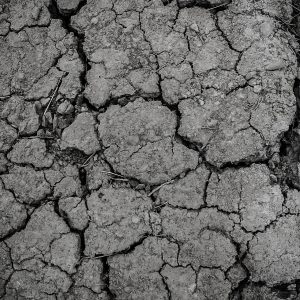Aquaculture is the farming of water creatures for human consumption. This subject is concerned with the culture and care of fresh water aquatic animals. Develop your ability to independently analyse and make decisions about the development and management of freshwater aquaculture enterprises.
E-Learning Structure
The duration of this online course is 100 hours. This consists of 10 in-depth lessons:
- Introduction to Aquaculture
- Production Systems – EP and IP
- What Species to Farm
- Trout
- Barramundi
- Bass
- Freshwater Crayfish
- Setting Up a Fish Farm
- Fish Foods & Feeding
- Harvesting
Course Aims
- List the components of an aquaculture production system.
- Compare extensive production systems with intensive production systems.
- Assess the production systems used in three different aquaculture enterprises.
- Research and describe a successful aquaculture production system.
- List freshwater fish suitable for aquaculture in your region.
- List saltwater fish suitable for aquaculture in your region.
- Describe the requirements for different commonly grown freshwater fish, including: *Trout *Barramundi *Bass.
- Describe the requirements of one type of salt water fish which has commercial potential for farming.
- Distinguish, by labeling unlabelled diagrams, between visual characteristics of different freshwater crayfish, including: *Marron *Red claw *Yabbie
- Describe the cultural practices for different freshwater crayfish, including: *Marron *Red claw *Yabbie.
- Explain how water quality may affect production in an aquaculture system.
- Explain different methods of treating water in aquaculture, including: *Filtration *Aeration.
- Develop a list of criteria for selecting a site suitable for a specified freshwater aquaculture purpose.
- Explain how varying stocking rates can affect the condition of a specified type of animal in aquaculture.
- Compare the potential affects on aquaculture species, of different methods of containing water, including: *Ponds constructed with liners *An earth dam *Concrete tanks. *Flowing water *Still water
- Compare various methods of feeding commercial species, including fish and crayfish, with reference to the type of food and the way it is delivered to the animals.
- Explain the importance of correct feed to the success of a specified aquaculture enterprise.
- Compare three different aquaculture feeds which are available commercially, with reference to: *composition *appearance *appropriate applications.
- Compare different harvesting techniques with reference to: *equipment required *time required *damage to animal.
- Describe how to construct different types of water storage facilities, including: *Ponds constructed with liners *An earth dam *Concrete tanks.
- Prepare a detailed management system for one species suitable for aquaculture, including details of: *Breeding *Rearing *Feeding *Harvesting *Marketing.
- Compare the advantages and disadvantages of aquaculture with those of other types of agricultural enterprises.
- Compile a list of different resources in the aquaculture industry including: *Information sources *Equipment suppliers *Materials suppliers.
- Analyse aquaculture marketing systems, on both a national and international level.
- Evaluate the marketability of different specified types of aquaculture produce.
- Evaluate the viability of a proposed, specified aquaculture venture.
How Does A Warnborough Online Course Work?
You can start the course whenever is convenient for you. You will be studying from home and have access to support from our qualified tutors. Practical exercises and research tasks will be set at the end of each lesson – including an assignment. You will submit this assignment to your course tutor, who will mark your work and give you constructive feedback and suggestions.
If you have any questions please contact us.





